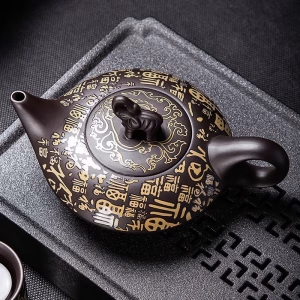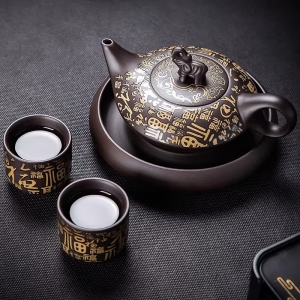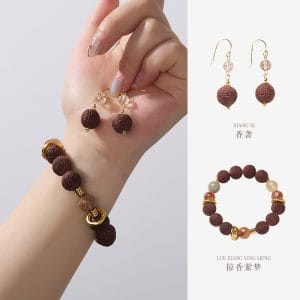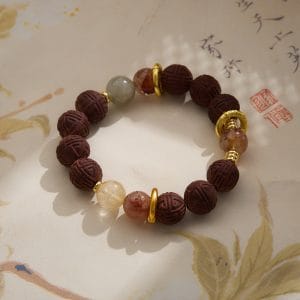The Historical Roots of Embroidery and Its Inherent FragilityEmbroidery craftsmanship traces its origins back over 30,000 years, with archaeological evidence showing that Cro-Magnon hunters used bone needles and sinew to decorate animal skins. This ancient art form evolved independently across civilizations from China’s silk thread masterpieces to Egypt’s intricate linen embroideries buried with pharaohs. The very materials that made these creations beautiful—natural fibers, delicate threads, and organic dyes—also made them exceptionally vulnerable to time’s ravages. Our ancestors quickly learned that without proper care, these textile artworks would succumb to environmental factors, pests, and material degradation, leading to the development of preservation techniques that have been refined across millennia.
Industry reports suggest steady growth over recent years, with estimated year‑over‑year gains around 6%–12%. These figures are indicative and vary by region, sample, and timeframe.
Modern Care Techniques Rooted in Ancient WisdomContemporary embroidery maintenance draws directly from historical practices while incorporating modern scientific understanding. The basic principles established by early textile conservators—controlling light exposure, maintaining stable humidity levels, and preventing physical stress on fibers—remain fundamentally unchanged. Industry reports from textile conservation organizations suggest that properly maintained embroidery can retain 85-90% of its structural integrity and color vibrancy for over a century, compared to just 10-15 years for neglected pieces. This remarkable preservation potential demonstrates how ancient wisdom, when combined with modern technology, can dramatically extend the lifespan of embroidered artworks.
The specific care requirements vary significantly depending on the embroidery’s materials and age. Silk thread embroidery from 18th century Europe demands different handling than contemporary synthetic fiber pieces. Natural dyes tend to be particularly light-sensitive, requiring storage in near-darkness, while modern chemical dyes offer greater stability but may present different conservation challenges. Understanding the materials used in your embroidery is the first step toward appropriate preservation, as techniques that benefit one type may damage another. museum references
Environmental control represents perhaps the most critical aspect of embroidery maintenance. Historical textiles were typically stored in conditions that modern conservators would consider disastrous—damp castles, sun-filled rooms, and spaces vulnerable to insect infestation. Today, we understand that maintaining a consistent temperature between 65-70°F and relative humidity of 45-55% creates ideal conditions for textile preservation. Sudden fluctuations in either temperature or humidity cause fibers to expand and contract, leading to structural stress that weakens the embroidery over time.
Cleaning embroidered pieces requires exceptional care and understanding of both the base fabric and stitching materials. Dry cleaning, while convenient, often uses chemicals that can degrade natural fibers and dyes over multiple cleanings. For most historical pieces, surface cleaning with soft brushes and minimal intervention represents the safest approach. When washing becomes necessary, conservators recommend testing colorfastness in inconspicuous areas and using pH-neutral detergents in cool water, followed by flat drying to prevent distortion of the embroidery pattern.
Storage solutions have evolved dramatically from the folded-in-trunk approach of previous centuries. Modern textile conservators emphasize the importance of flat storage whenever possible, using acid-free boxes and tissue paper to prevent chemical transfer. For display pieces, rotating them every few months reduces light exposure damage, while UV-filtering glass or acrylic provides additional protection. Even the method of mounting embroidery for display requires specialized knowledge—using materials that won’t off-gas harmful chemicals or create tension points that could damage delicate stitches.
The future of embroidery preservation continues to evolve with technology. Digital documentation through high-resolution photography and 3D scanning allows conservators to monitor subtle changes over time without handling fragile pieces. New materials developed specifically for conservation purposes offer improved protection against environmental factors, while scientific analysis techniques help identify previously unknown components in historical embroidery that require specialized care approaches.
You may also like
Aladdin’s Lamp Heat-Change Purple Clay Tea Pot
Original price was: $108.00.$78.00Current price is: $78.00. Add to cartThe Palace Museum Paper-Cut Light Art Fridge Magnets: Chinese Cultural Style Creative Gift Series
Price range: $27.00 through $36.00 Select options This product has multiple variants. The options may be chosen on the product pageHandwoven Zhuang Brocade Tote Bag – Large-Capacity Boho Shoulder Bag
Original price was: $178.00.$154.00Current price is: $154.00. Add to cartAncient Craft Herbal Scented Bead Bracelet with Gold Rutile Quartz, Paired with Sterling Silver (925) Hook Earrings
Original price was: $322.00.$198.00Current price is: $198.00. Add to cartGuangxi Zhuang Brocade Handmade Tote – Ethnic Boho Large-Capacity Shoulder Bag
Original price was: $172.00.$150.00Current price is: $150.00. Add to cartAncient Craftsmanship & ICH Herbal Beads Bracelet with Yellow Citrine & Silver Filigree Cloud-Patterned Luck-Boosting Beads
Original price was: $128.00.$89.00Current price is: $89.00. Add to cart












